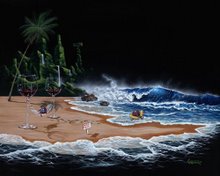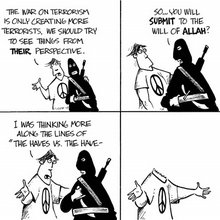Important Information Concerning the
New CFL Light Bulbs:
This vs This


Hey folks, we are being kept in the dark about some very important downsides to the NEW CFL (Compact Fluorescent Lamps) light bulbs as state and foreign governments move to enact forced phase-out of incandescent light bulbs.
Many schools across the U.S., are urging their students to pressure their parents to replace all their incandescent bulbs with the CFL’s in their homes, and state legislatures are playing follow the leader with foreign governments in banning the sale of incandescent bulbs in the future and even the federal Department of Energy and Environmental Protection Agency are also pushing for the switch to the CFL’s, but there is a problem, a HUGH problem. This problem has to do with the safe disposal of the CFL’s and the danger that they pose to you and your family and your community should they break in your home, land fill or places of business.
Safe disposal plans and recycling centers for the mercury-laden CFL’s are lagging behind the push for their use.
Yes, the CFL’s do use much less energy and last much longer than the incandescent bulbs, but there is a very serious environmental drawback in that each of the CFL’s contain small amounts of highly toxic mercury which poses problems for consumers if breakage occurs and for disposal when the bulbs eventually do burn out.
The majority of consumers, even those who are already using the CFL’s, do not know of the long-term dangers that these CFL’s pose to the environment and to the health of human beings.
Even though the EPA has jumped on the CFL bandwagon as a means of lowering carbon-dioxide in the air, which they believe contributes to global warming, they are quietly offering advice on cleanup of broken bulbs that might give consumers second thoughts about dumping the old-style incandescent bulbs.
For instance, the EPA warns consumers that if a CFL breaks, open a window and leave the room immediately for at least 15 minutes because of the mercury threat. Then they suggest removing all materials by scooping fragments and powder using cardboard or stiff paper, and sticky tape for the smaller particles. Vacuum cleaners and bare hands are NEVER to be used in such cleanups. After the final cleanup with a damp paper towel, consumers are to place all materials in a plastic bag, seal it and dispose of properly (WHERE?), then “WASH HANDS”.
Disposing of “properly” could be a tough thing to do, since CFL’s should NEVER be thrown in the trash, they MUST be turned into recycling centers, which are few and far between.
When the laws banning incandescent light bulbs take effect, so DO the MANDATORY fines on consumers and businesses that dispose of the CFL’s improperly.
Though the amount of mercury in each CFL is small – approximately 4 milligrams- the potential environmental hazard that will be created by the mass introduction of billions of CFL’s with few disposal sites and a public unfamiliar with the risks, is extremely great.
Mercury is best known for its effect on the nervous system. It can also cause damage to the liver and the kidneys and in sufficient quantities can cause death. When enough mercury accumulates in a landfill, it can be emitted into the air and water in the form of vaporous methyl – mercury. From there it can easily enter the food chain.
Besides the health and environmental downsides, consumers are discovering other downsides, such as:
Most CFL’s do not work with dimmer switches;
They are only available in a few sizes;
Some emit a bluish light;
Some people have reported getting headaches while working or reading under them;
They cannot be used in recessed lighting enclosures or enclosed globes;
Fires are seen as a slight possibility.
Despite all of these drawbacks,
But this craze didn’t start in
There is some good news though. The Government just may be promoting a kind of lighting that itself maybe nearly obsolete. Fluorescent lights are nothing new as they have been around for a long time. Some experts are predicting that the next generation of lighting will be LED Lights. They are made from semiconductor materials that emit light when an electrical current flows through them. When this form of light takes over, all bulbs will be obsolete, since your wall tiles can light up. Curtains and drapes can light up, and even your dinning room table can be made to light up – at exactly the level you want. And the best news is NO TOXIC WASTE.
“Abouna” Gregori

















|